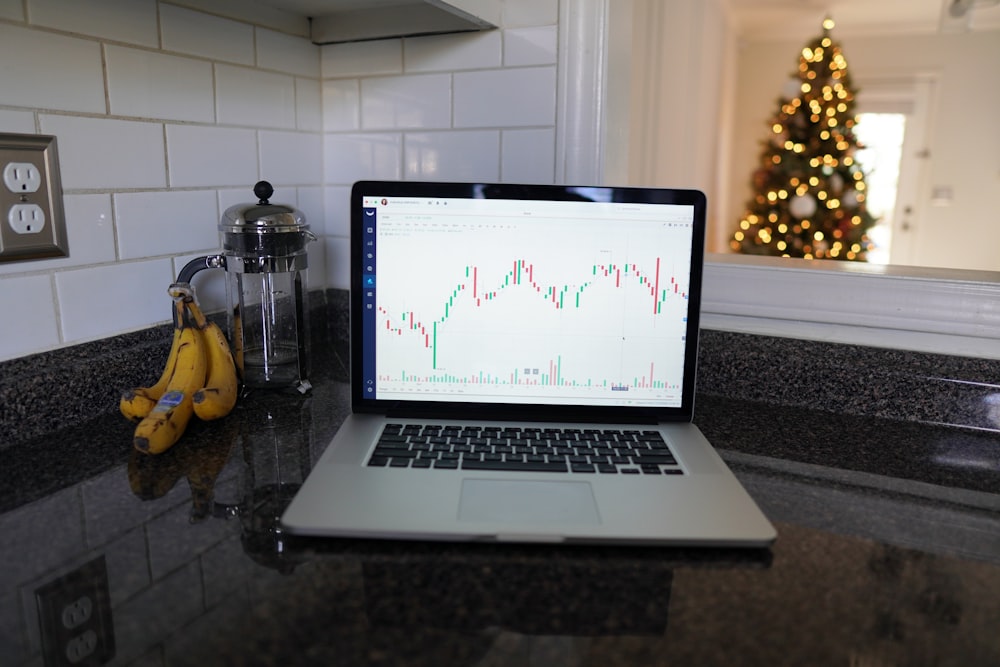USD Pressured By Inflation Drop, Focus On Retail Sales Data
Image Source: Unsplash
The USD weakened against other major currencies after the inflation rate dropped in the US for the month of October and traders priced in the possibility of a smaller interest rate increase by the Federal Reserve. The market might be getting ahead of itself, however, given the Fed’s hawkish rhetoric and reluctance to ease monetary tightening too quickly.
The next market-moving event for the USD comes up on Wednesday with Retail Sales for October. The market consensus is for sales to have grown by 1 percent compared to 0 percent in September.
Will the results support or add resistance to the USD’s course? The currency is still relatively high compared to other currencies like the EUR, GBP, Yuan, and Yen at the time of writing, and there is scope for the USD to move if there are any surprises in the Retail Sales figures.
When it comes to the Yen currency crosses, the latest data to be priced into the currency’s value is Japan’s preliminary growth rate for the third quarter. The quarter-on-quarter results were below expectations at the level of minus 0.3 percent compared to 1.1 percent previously and a consensus of 0.3 percent. On an annualized basis, Japan’s Q3 growth was at the level of minus 1.2 percent compared to 4.6 percent previously. This could weaken the Yen currency crosses in the short term, particularly when compared to the USD’s run of strength.
China’s Industrial Production figures for October were released this morning, coming in at the level of 5 percent compared with 6.3 percent previously on an annual basis. The consensus was for 5.2 percent, but it appears that the country’s zero-tolerance COVID policy has slowed industrial production more than expected. This could pressure the Yuan currency pairs in the short term.
News affecting the GBP was also reported this morning with the Unemployment Rate for September which came in at the level of 3.6 percent compared with 3.5 percent for the previous month and in line with expectations. A relatively robust employment sector could support the GBP’s value and is one of the economy’s bright spots.
Another red-flagged event for the GBP comes up on Wednesday with the year-on-year Inflation Rate report for October. Previously at the level of 10.1 percent, the market consensus expects 10.7 percent with some forecasts as high as 11 percent. If inflation rose to those levels, it would increase the likelihood of further interest rate hikes from the Bank of England. Should the UK’s inflation rate surprise to the downside or upside, it could move the GBP currency crosses.
More By This Author:
Which Policy Will Succeed In Keeping Inflation In Check?
US Inflation Rate, Recession Fears Vs. Growth, Jobs Strength
Oil Prices Climb Ahead Of Fed Announcement
Disclaimer: This material does not contain and should not be construed as containing investment advice, investment recommendations, an offer of or solicitation for any transactions in financial ...
more



